A strong calling and a fulfilling ministry, plus the support of the MAF Family, helped this single missionary stick it out for the long haul.
A small MAF Cessna airplane touched down in a remote village in the highlands of Papua (then Irian Jaya), Indonesia. Lois Belsey, a 26-year-old Christian and Missionary Alliance (C&MA) missionary from Canada, was about to enter a very different world—that of the Moni people.
It was 1976, and she had left her first assignment in Vietnam because of the war. Her next, and final, mission post was Hitadipa, Papua, where she came to serve alongside another C&MA couple.
Lois knew from a very young age God was calling her to the mission field. It was all she ever wanted to do.
This summer she’ll retire after 43 years in Papua.
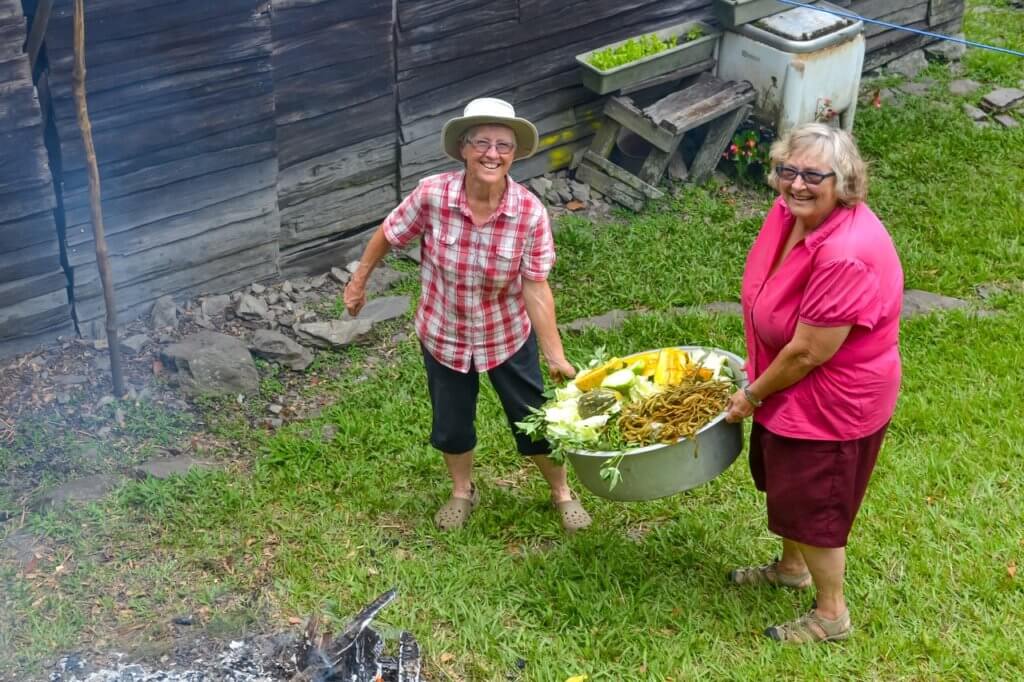
“I won’t miss the ruggedness of the living,” said Lois, “but the beauty of the place …”
She’ll miss the poinsettia trees, the bougainvillea, amaryllis, and roses; being able to pick raspberries, or pluck an avocado from her tree every day. She’ll miss the only place she’s called “home” for the past 43 years—and something else.
“It will be the life with the people … Yeah, I’ll miss it. There’s no question about that.”
But it wasn’t always that way.
Seasons of Change
When Lois arrived in the remote village of Hitadipa, C&MA missionaries Bill and Grace Cutts had already brought the gospel to the Moni, though they had been slow to embrace it. But the love of Jesus began to take hold when a number of Moni leaders turned to Christ in the early 60s. MAF has been serving missionaries in Hitadipa since 1960, after Betty Greene, MAF’s first pilot, hiked in to open the airstrip.
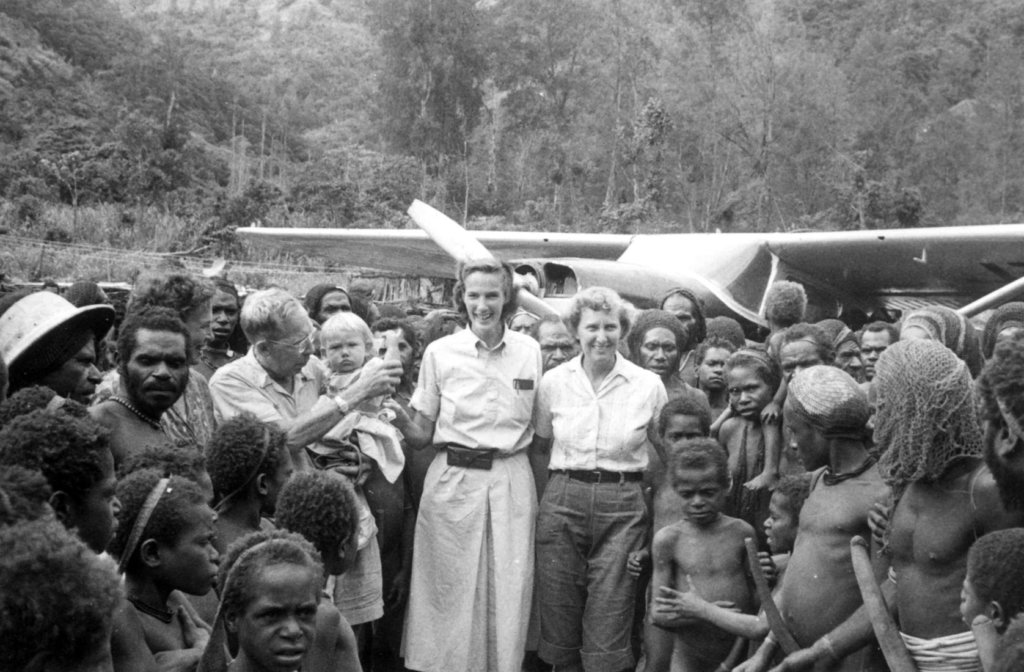
After years of being the only missionaries serving there, their son, John, recalls, “It was a boost to suddenly have Lois and Lorrie [a friend of Lois’ who served with her in the beginning] on the station and working as a team to reach the Moni.”
Bill and Grace worked on translating the New Testament and part of the Old Testament and founded a Bible school. As a nurse-midwife, Lois complemented their efforts with village healthcare, Sunday School, youth work, and Bible teaching.
But while Lois adjusted to living among the Moni, she struggled with health issues—migraines and severe allergies that turned into asthma. It was a long and difficult first term, she recalls. “The people were very primitive. Everything was so different,” explained Lois. “It wasn’t easy.”
She found herself questioning whether she could stay, whether God really wanted her to stay. But on her first furlough, as she was speaking to a home church about her work with the Moni, she had a revelation.
“God just downloaded a love into my heart for the people that hadn’t been there before,” said Lois. “And then I didn’t care if I ever went on furlough to Canada again.”
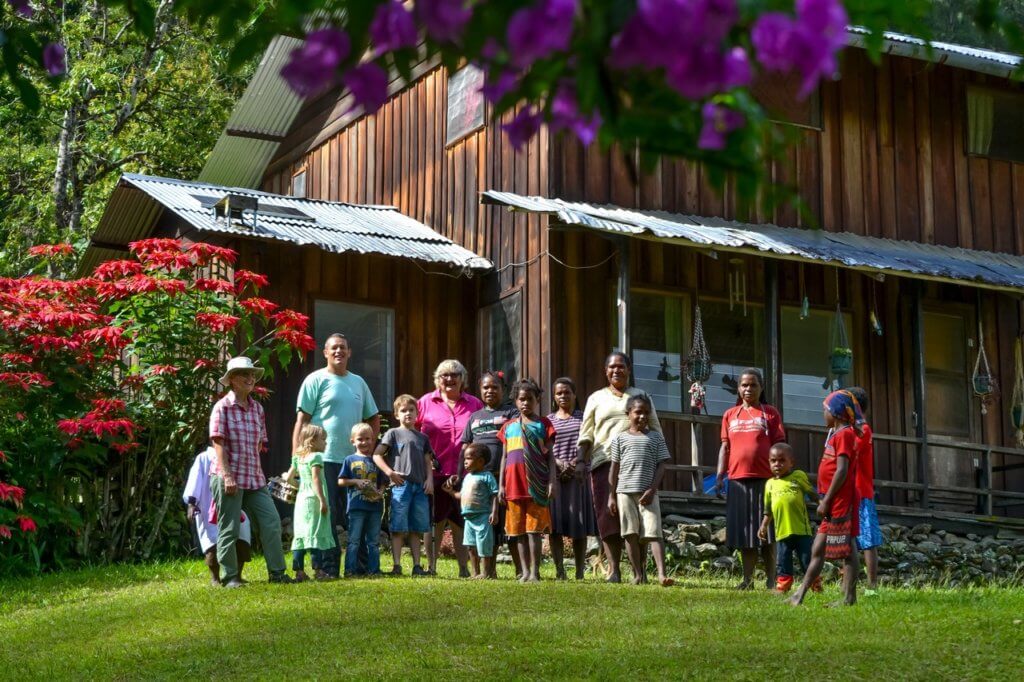
Over time, Lois trained 50 Moni women in basic healthcare and taught them how to deliver babies. Now it’s rare for a woman to die in childbirth. The infant death rate is much lower. Children and adults live longer.
“Almost all of the Moni women and children read now. That’s related to their desire after God,” explained Lois.
The Moni women used to spend all their time working in the gardens or in their homes (little round huts). “They were just chattel under feet. That’s how they were treated,” said Lois. “Now they have a voice and a ministry, and they do it with all their heart.”
Lois’ work didn’t affect just the Moni. Her ministry grew to include supporting evangelists working among four different lowlands tribes.
Fruits of staying
In late March, MAF helped Lois complete the last of her lowlands river trips, something she’s been doing twice a year since the late 80s. These lowlands trips required three MAF flights, plus a motorized dugout canoe and someone to “pilot” it down two river systems. Her goal has been to encourage, equip, and empower the local evangelists—many of whom were trained at the Hitadipa Bible school—so that they can reach lost people for Jesus.
She developed a four-year Sunday school curriculum and taught them how to diagnose and treat illnesses, while supplying them with medicine each time she came. They also learned the basics of helping pregnant women, including what to do if there was a birthing problem.
“Physically, a lot of lives have been saved. And the evangelists have been able to stay,” said Lois.
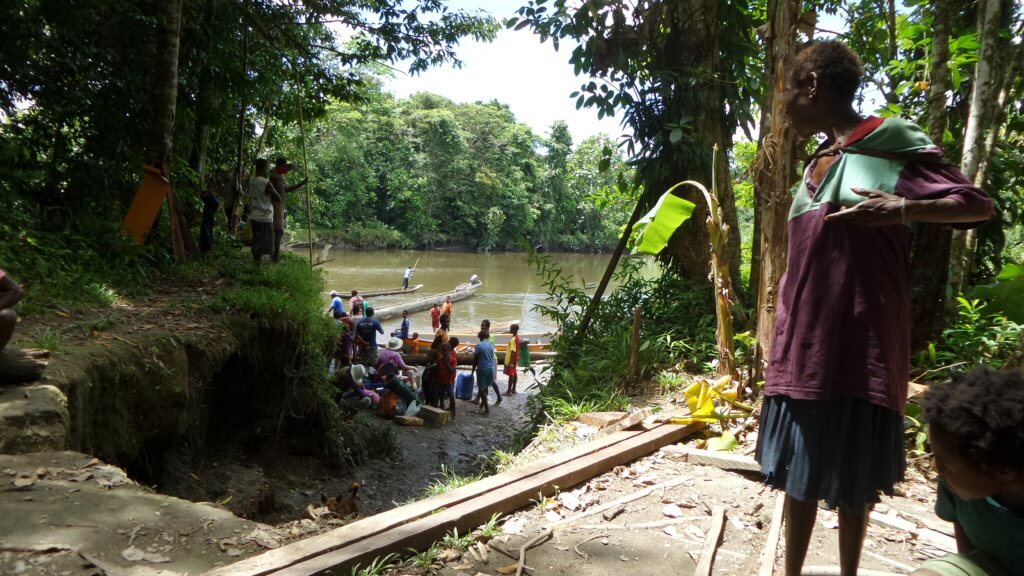
As her canoe glided over the waters on the last leg of her final river trip, Lois marveled at her surroundings—the bright red flowers, the birds singing, the cicadas screeching—and something else. A battle that had been won in the life of a young boy, someone she had fought for through much prayer.
She saw the difference in him that morning as he walked along the path in the village. His countenance had changed, from darkness to light and smiles.
Departing Hitadipa
An MAF Kodiak touches down in the remote highlands village of Hitadipa. Lois Belsey boards the airplane and leaves behind a very different world—one transformed by the love of Christ, one that’s transformed her.
The pilot offers a final prayer before takeoff. It’s one of many prayers backed by many supporters who made it possible for Lois to stay for over four decades. To MAF’s donors, Lois says, “I could not have been in Hitadipa at all if MAF wasn’t here. They prayed for us. Some have come in to visit us; some have gone on trips with me. We’re a family and we work together. If they weren’t here people wouldn’t have medicine, people wouldn’t have Bibles, people wouldn’t know the Lord. Thank you.”
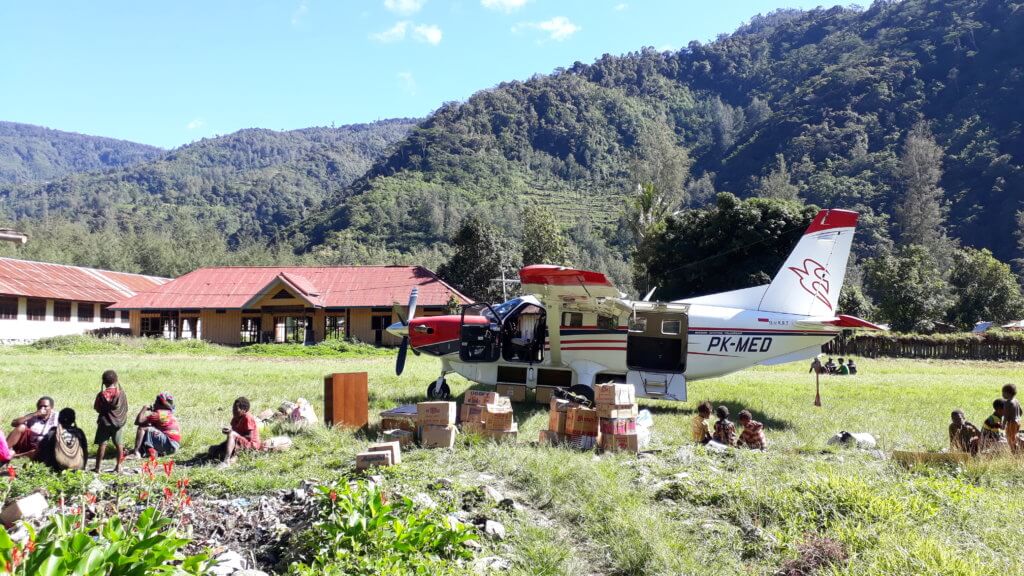
Story appeared in the Summer 2019 issue of FlightWatch. Read the entire issue here:


